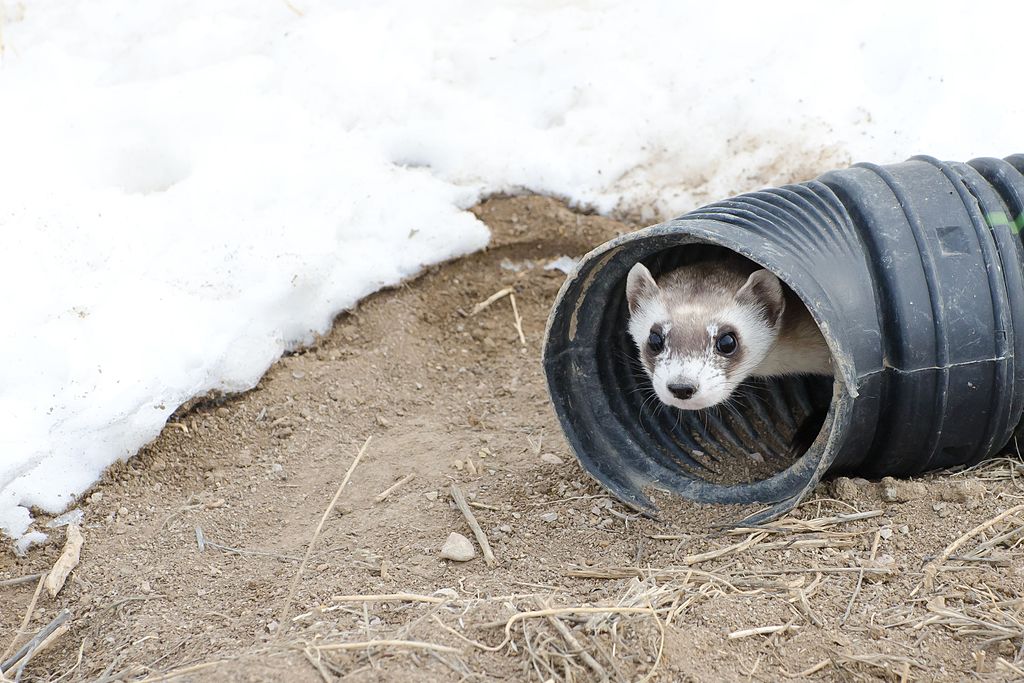
TV Editor Josie Scott-Taylor explores the life of this truly adorable creature
Black-footed ferrets are North America’s only native ferret species, and they were thought to be completely extinct until a small population was found in 1981. Despite their amazing recovery through breeding and reintroduction programmes, these animals are unfortunately still endangered and their population is still under threat. Weighing around just one kilogram, black-footed ferrets get their name from their markings, which appear like tiny black boots. They are also characterised by their superhero-esque face masks – not the kind of face mask we have become accustomed to.
Black-footed ferrets get their name from their markings, which appear like tiny black boots
These mammals are very playful, particularly when young, and can often be seen wrestling and performing what is known as the ‘weasel war dance,’ which involves a hectic series of hops, often displayed alongside an arched back and a frizzed-out tail. In domestic ferrets, this ‘war dance’ signifies excitement, but in the wild, scientists suggest that it is performed to confuse prey. This confusion can be vital to the black-footed ferret’s survival – it relies on a diet that consists mainly of prairie dogs for survival, a herbivorous burrowing mammal that underwent a twentieth-century decline due to sylvatic plague, much to the detriment of the black-footed ferret. They are also under threat from predators such as golden eagles and coyotes, which is another factor contributing to their decline in the wild.
There are only around 370 black-footed ferrets in the wild today, and the looming threats of climate change continue to put their lives in danger, meaning that despite reintroduction and conservation efforts, there unfortunately does not seem to be much hope for this species.
Hungry for more Sci&Tech?
Feed Your Brain: Processed Foods Cause Memory Deficits in Aged Rats
Green Traps: Using Misleading Environmental Claims for Profit

Comments